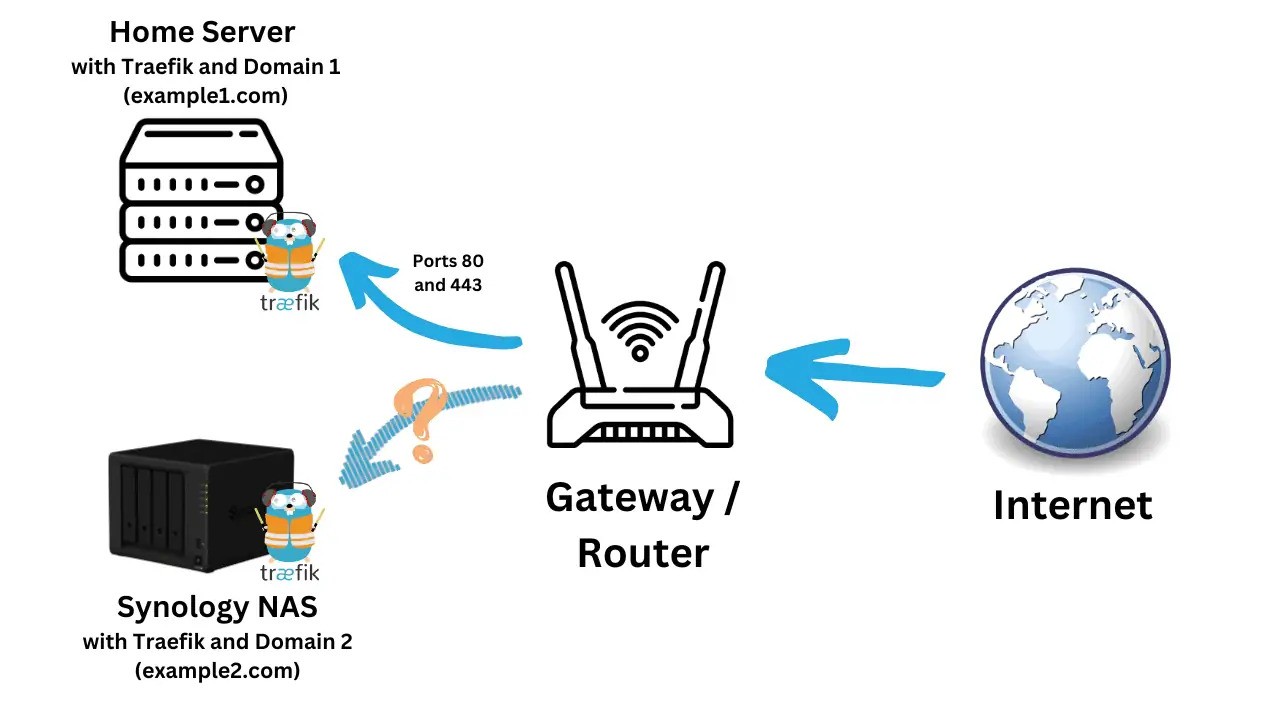Understanding Semanticlast.com
Semantic search represents a significant advancement in the way search engines interpret and process user queries. Unlike traditional keyword-based search methods that rely solely on matching the exact terms queried by users, semantic search prioritizes context and user intent, aiming to deliver results that more closely align with the underlying meanings and relationships of words. This shift is particularly important in an era where users expect more relevant and meaningful results from their queries.
Centrally, semantic search employs strategies that leverage natural language processing (NLP) and artificial intelligence (AI). NLP allows search engines to grasp the nuances of human language, enabling them to analyze relationships between words and phrases rather than simply searching for explicit matches. This capability is essential for understanding synonyms, variations in language, and the context behind queries. For instance, when a user searches for “best places to eat,” a semantic search engine can infer that the user is looking for restaurant recommendations rather than merely information about eateries.
Moreover, semantic search systems are designed to evaluate the intent behind a search. This means that, rather than just focusing on the string of words inputted, these systems consider the user’s past interactions, geographical location, and even cultural context. By recognizing patterns in user behavior, search engines can enhance the relevance of results and create a more personalized search experience. The utilization of AI further refines this process by continuously learning from new data, improving its ability to decipher complex queries. As search engines evolve, the importance of understanding semantic search cannot be overstated, as it influences how information is indexed and retrieved, with profound implications for both users and content creators alike.
The Role of Semanticlast.com in Semantic Search
Semanticlast.com is a pivotal resource for those looking to enhance their content strategies through the application of semantic search principles. By employing advanced algorithms, the platform provides users with insights that facilitate the optimization of web content for search engines focused on meaning rather than mere keywords. This leads to improved visibility and relevance in search results, aligning with the current trends in digital marketing.
One of the standout features of Semanticlast.com is its comprehensive keyword analysis tool. This tool evaluates the contextual relevance of terms used within a piece of content, ensuring that they are semantically aligned. Users can discover related expressions and synonyms, allowing for a more nuanced approach to content creation. Such a feature not only optimizes the content but also helps writers engage their audience more effectively by addressing topics and themes that resonate within their niche.
Furthermore, the platform includes a semantic content scoring system, which critiques existing articles or blog posts based on their semantic depth. It provides actionable suggestions for enhancing the content, helping users to prioritize topics that align closely with their audience’s interests. Additionally, Semanticlast.com presents case studies and user success stories, illustrating how businesses have capitalized on its features to drive traffic and increase engagement.
For instance, a client in the e-commerce sector utilized the platform to revamp their product descriptions. By integrating the suggested semantic keywords and related concepts, they observed a significant uptick in organic search traffic and customer inquiries. Such examples highlight the effectiveness of Semanticlast.com as a strategic tool in mastering semantic search, enhancing overall performance in content marketing campaigns.

Best Practices for Leveraging Semanticlast.com
To maximize the value of Semanticlast.com in your content creation and search engine optimization (SEO) efforts, it is essential to adopt several actionable strategies. First and foremost, optimizing your website structure is crucial. A well-organized website not only enhances user experience but also aids search engines in understanding the content hierarchy. Implement clear navigation with appropriately labeled categories and subcategories, and ensure each page is linked logically to create a seamless user journey.
In addition to a solid website structure, utilizing schema markup can significantly improve your visibility in semantic search results. Schema markup provides search engines with additional context about your content, allowing them to create rich snippets that enhance your listing in search results. For example, incorporating local business schema for local entities or article schema for blog posts can improve your chances of ranking higher in search results. Semanticlast.com offers various tools to help you generate and implement the right schema, making it easier to connect content with search intent.
When crafting content, focus on topics rather than mere keywords. Writing content that addresses user intent is key in a semantic search landscape. Leverage the insights from Semanticlast.com to identify relevant topics, questions, and variations of terms that resonate with users. This approach not only increases the likelihood of ranking in search results but also cultivates audience trust by providing valuable content. Furthermore, regularly updating existing content based on fresh insights can enhance its relevance and authority.
Lastly, measuring the success of your implemented practices is crucial for continuous improvement. Use the analytics tools provided by Semanticlast.com to track performance metrics such as organic traffic, bounce rates, and click-through rates. These metrics will help you understand what strategies are working and where adjustments may be necessary, ensuring that your efforts align with the evolving nature of semantic search.
Future of Semantic Search and Semanticlast.com
The landscape of semantic search is poised for significant evolution as advancements in artificial intelligence (AI) and machine learning continue to reshape how search engines interpret user queries. As technology progresses, we anticipate that search engines will become increasingly adept at understanding user intent and delivering relevant content. This shift necessitates that content creators prioritize the quality and relevance of their material, catering to both the nuanced demands of search algorithms and the preferences of users.
In this context, tools like Semanticlast.com are becoming essential resources for SEO professionals and content creators who seek to enhance their understanding of semantic search capabilities. By leveraging Semanticlast.com, users can gain insights into keyword relevance, content optimization strategies, and emerging trends in user behavior. As semantic search continues its upward trajectory, platforms that offer robust analytical insights will be crucial for those looking to stay competitive.
Furthermore, as user behaviors evolve towards more conversational and contextually rich search queries, the need for adaptive content strategies becomes paramount. Emphasizing natural language processing (NLP) and understanding the subtleties of user intents will play a vital role in content development. This is where Semanticlast.com can provide real-time analysis and actionable recommendations, helping users align their strategies with the expectations of modern search engine algorithms.
Moreover, the integration of advanced AI capabilities within platforms like Semanticlast.com will likely enhance its functionalities, offering features that can predict trends in semantic search. This predictive capacity will allow users to create more forward-thinking content, ensuring they remain relevant in a fast-paced digital landscape. Continually engaging with Semanticlast.com will empower users to adapt to changes swiftly, fostering a proactive approach to navigation through the complexities of SEO and web development trends.














Leave a Reply